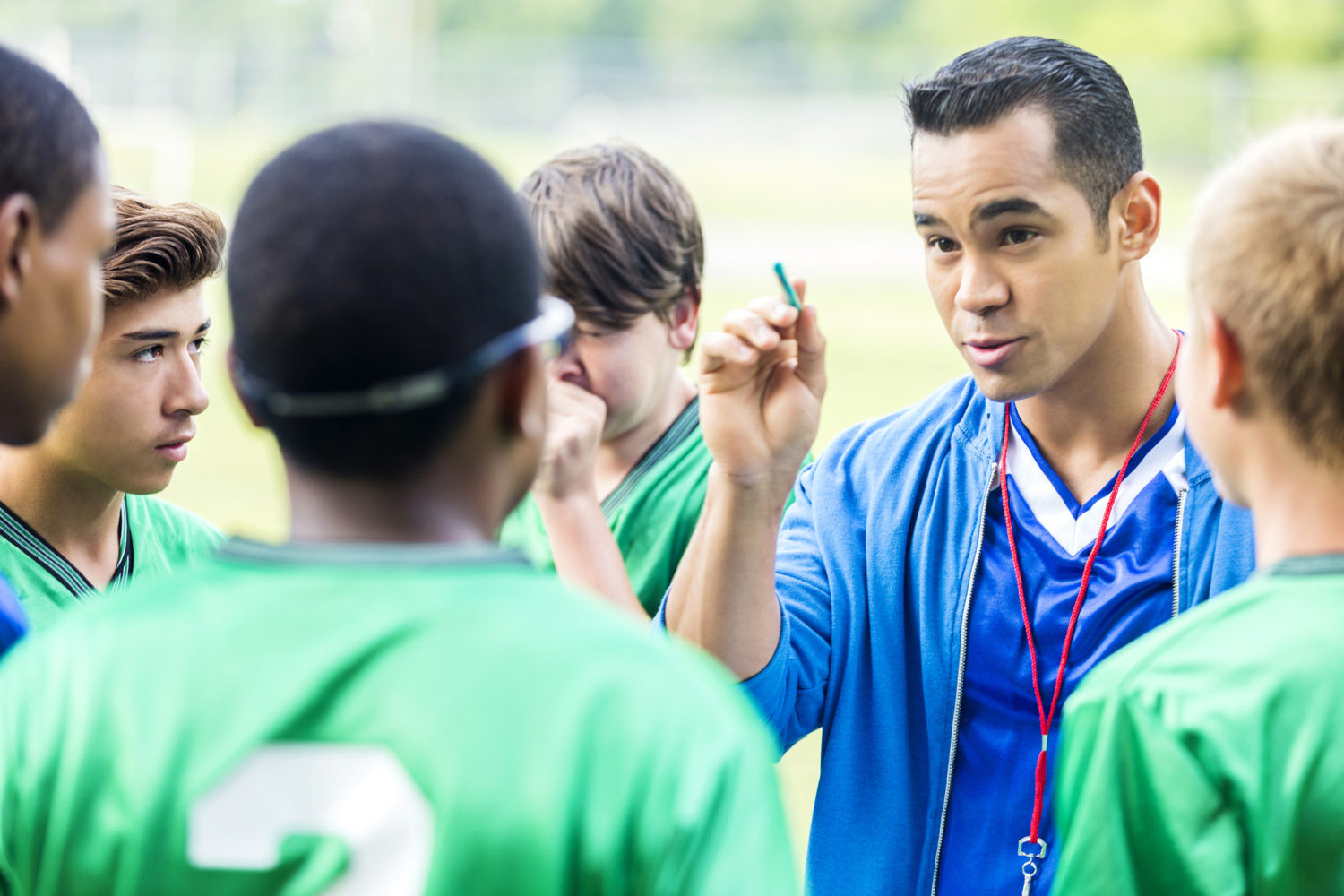
Long Term Athletic Development (LTAD) is a model created by Dr. Istvan Balyi to guide the athletic development process from pre-puberty through retirement. The LTAD approach emphasizes age-appropriate skill acquisition based on one’s development physiologically, cognitively and socially to maximize the athlete’s potential. This model focuses on building an athlete first and then moving to more detailed sports specific skill as he or she reaches each developmental milestone (Balyi and Hamilton, 2003; Ericsson).
Research suggests that it may take 8-to-12 years of training for a talented player/athlete to reach elite level status, also known as the 10,000 hour rule (Balyi and Hamilton, 2003; Ericsson). Roughly it takes about 10,000 hours to reach elite level status. In the United States, it is estimated that forty five million children (age 5-18) play organized sports each year (Minnesota Amateur Sports Commission, Athletic Footwear Association, USA Today). Many of the parents and coaches of these young athletes approach sports with a “Peak by Friday” mentality. This over-emphasis on immediate results and competitions does not allow the children to develop fundamental physical literacy (competence in a wide variety of physical activities in multiple environments that benefits healthy development) and skill (Balyi and Hamilton, 2003). The excess games and “Peak by Friday” mentality puts a lot of pressure on kids. Coaches and parents expect kids to be able to move and make plays like adults; these developing children simply do not have the movement based skill to coordinate their body and limbs to do so.
This lack of proper coaching, training and athletic development may lead to an inordinate number of kids quitting sports before they even have finished developing physiologically. Thus, by age 13, seventy percent of kids stop playing sports all together (National Center for Health Statistics).
In a survey of 10,000 kids nation-wide, it was found that kids stop playing sports because; they’re not having fun, too much time required, too much pressure, too much emphasis on winning, developing bad habits due to too much competition, the coach played favorites or was a poor teacher, and they needed more time to study (Youth Sports Institute at Michigan State,2010).
Most of the coaches in youth sports are volunteers with little or no training. Youth sports organizations are thankful to have volunteers, however, of the 2-4 million coaches only 20% have received any type of training in effective motivational techniques, and just 1 in 3 have been trained in skills and tactics in the primary sport they coach (Aspen Institue’s Sports & Society Program by the Sports & Fitness Industry Association, 2013).
The lack of properly trained coaches often leads to an excessive number of competitions/games and an emphasis on sports-specific skills only. It is much easier to play a game than to develop a strong fundamental practice that meets the need of the child’s development. In turn there is incomplete athletic development lending to overuse injuries, such as ACL injuries in female athletes and shoulder and elbow injuries in baseball players, caused by improper training and inadequate recovery.
In part II we will explore the answer to the question and a possible solution to allow our kids a lifelong passion and enjoyment for athletics and recreational activity. Also, if you would like to read the rest of the article visit my website at mishock.wpengine.com. (Dr. Mishock is one of only a few clinicians with doctorate level degrees in both physical therapy and chiropractic in the state of Pennsylvania.)
